
Cataract Surgery Melbourne
What you should know about cataract surgery from Dr Kerr, one of Melbourne's leading eye specialists, and how to achieve your best possible eyesight.
learn more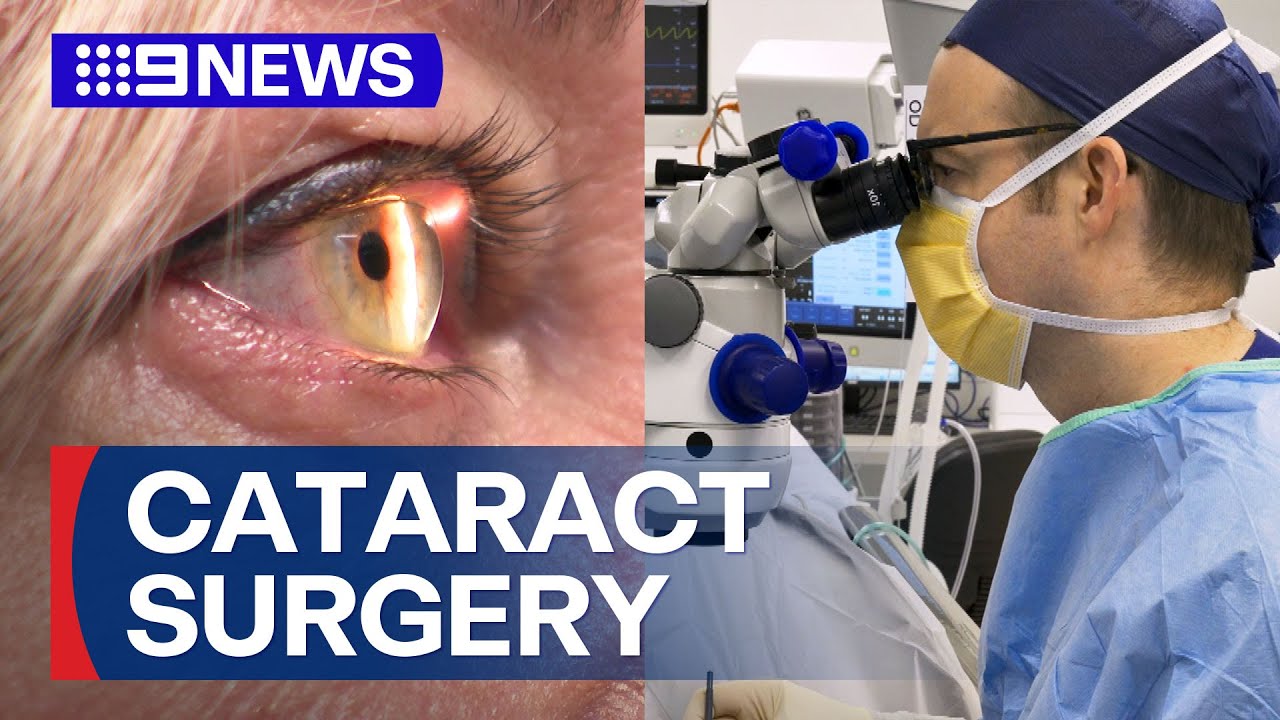
Breaking News
Dr Nathan Kerr was featured by 9News about new innovations in cataract surgery that can help provide clearer vision and reduce the need for glasses.
Seize life without cataracts
When it's time to correct your cataracts, take advantage of a once-in-a-lifetime opportunity to achieve your best vision
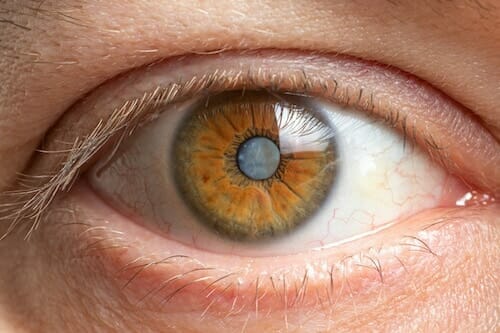
What are cataracts?
Cataracts are a buildup of protein in your eye's lens. Over time, the cloudy lens allows less light to pass through, causing your vision to become dull and blurred.
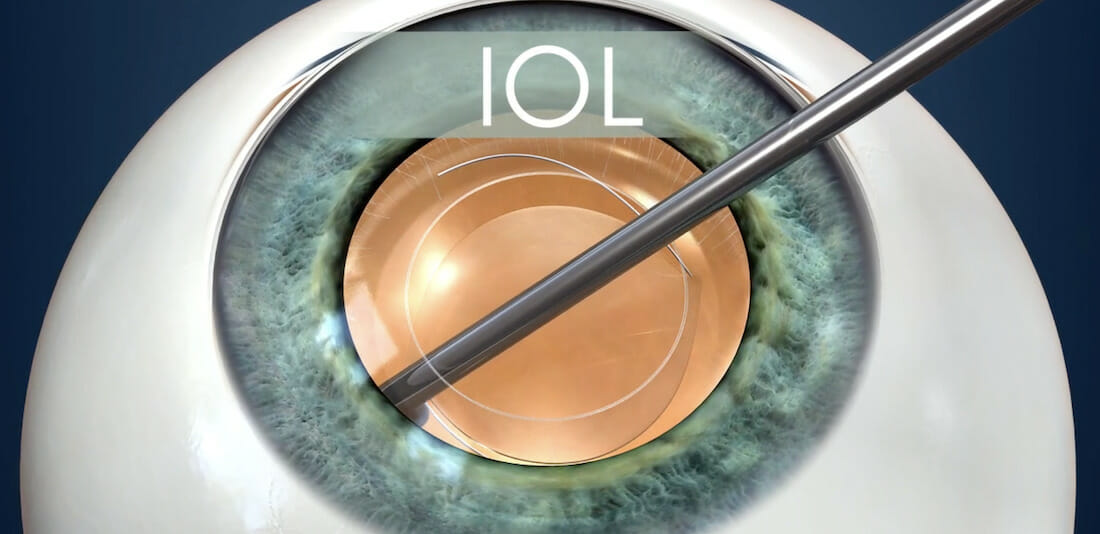
What is cataract surgery?
Cataract surgery involves replacing your cloudy lens with a new, artificial one called an intraocular lens or IOL. Choosing the right surgeon could help you achieve your best vision.

Dr Nathan Kerr
One of Melbourne's leading cataract surgeons, Dr Kerr is a highly experienced cataract surgeon dedicated to achieving the best results for his patients.
Dr Kerr and his team aim to provide exceptional care of the very highest standard. He regularly audits his results to ensure he is delivering excellent outcomes.
How are cataracts removed?
There are two ways of removing cataracts - conventional cataract surgery or laser-assisted cataract surgery. Dr Kerr is highly skilled in both types of cataract surgery and can help you select which one is best for you.
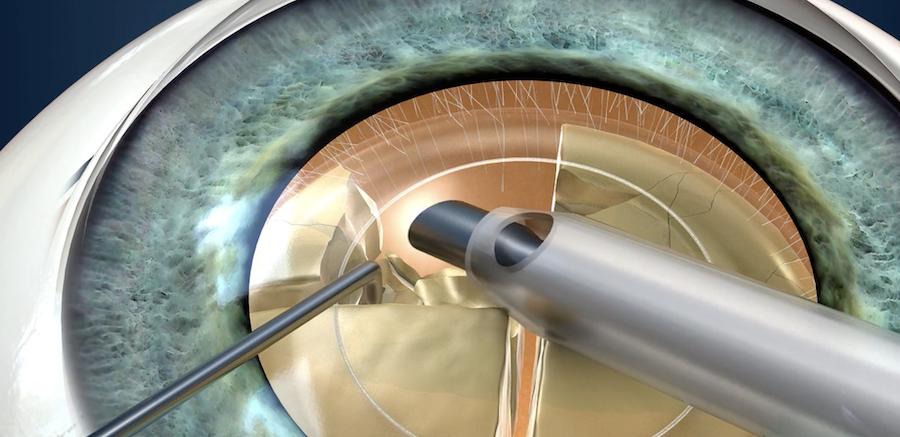
Conventional cataract surgery
During conventional cataract surgery, Dr Kerr manually creates the corneal incisions, then opens and removes the front part of the natural lens capsule, breaks up and removes the natural cataract-containing lens using a narrow ultrasound probe, before implanting the IOL of your choice.
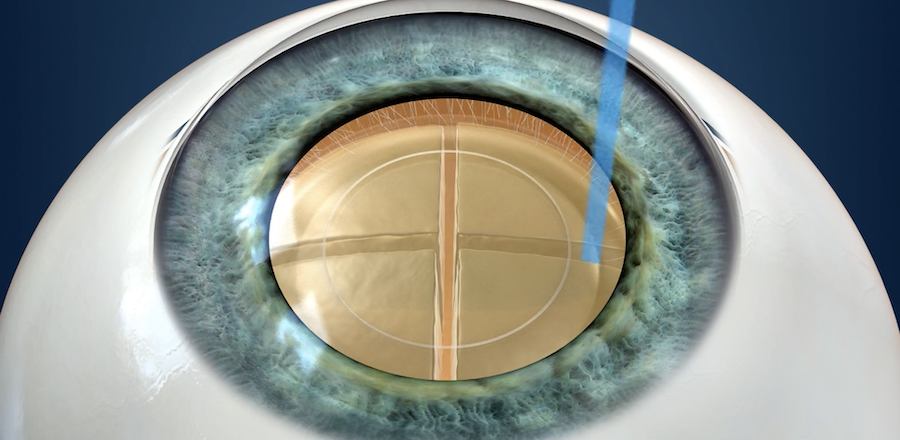
Laser-assisted surgery
Laser-assisted cataract surgery involves the use of a laser to perform the initial parts of the cataract procedure. The laser-assisted steps include creating corneal incisions, removing the front part of the natural lens capsule, and segmentation of the cloudy lens. These steps are followed by manual removal of the lens and IOL implantation.
Which one to choose?
Although both procedures are considered to be safe and effective, there are differences that distinguish the two procedures.
Laser-assisted cataract surgery is a gentle way to remove the cataract, as it uses less energy which is safer for the front window of the eye. This may help result in faster recovery and stabilisation of vision following the cataract procedure.

Dr Nathan Kerr
Melbourne Cataract SurgeonLaser-assisted cataract surgery
Advantages new- Precision. More precise, reproducible, and reliable incision and opening of the front capsule.
- Safety. Less ultrasound energy needed and more gentle on the cornea.
- Quicker surgery. Less time in the operating room compared to conventional cataract surgery.
- Faster recovery. Faster return and stabilisation of vision.
- Proven outcomes. Less astigmatism and more stable prescription.

See the difference
Your choice of lens, or IOL, can affect the quality and range of vision you'll have after cataract surgery.
There are many different IOL options available. Dr Kerr will help you find the right one for you.
Find a lens that's right for you
Dr Kerr uses the latest in technology and will help you select a replacement lens that will best suit your eyes and lifestyle.
To anticipate your vision after surgery, it helps to think of your vision as three distinct zones. Far, such as reading street signs or watching TV in the living room. Intermediate, such as looking at a computer. Near, such as reading your phone or a tablet.

Far (beyond 100 cm)
Driving, watching TV, and attending sporting events

Intermediate (60 cm)
Working on a computer, focusing on items on a supermarket shelf or kitchen bench

Near (40 cm)
Reading, smart phone or tablet use


Better vision begins with a conversation
Talk to Dr Kerr about the activities you would like to be able to do without glasses after your cataract surgery.
Know your options
There are three main types of intraocular lens or IOL - single vision, extended range of vision, and multifocal. Depending on which lens your select, you may be able to say goodbye to cataracts and glasses!
Type of lens
Zones
Type of focus
- Far
- Intermediate
- Near
Single vision
1Single focus
- Clear
- Blurred
- Very blurred
Extended range
2Advanced focus
- Clear
- Clear
- Functional reading
Multifocal
3Advanced focus
- Clear
- Clear
- Clear
Better vision starts here
Dr Nathan Kerr is a leading Melbourne cataract surgeon passionate about helping you achieve your best possible vision
make an appointmenttoday
What could your improved vision after cataract surgery look like?

Single vision
These IOLs are designed for optimal distance vision.
They are ideal if you want excellent distance vision and are happy to wear glasses for near and intermediate tasks. They are also suitable if you have pre-existing eye conditions like glaucoma or macular degeneration.
May not be suitable for people wanting a continuous range of vision. Glasses will be required for intermediate and near tasks.

Extended range of vision
These IOLs are designed for a continuous range of vision for distance and intermediate tasks.
They are suited if you want clear distance vision but also to focus on items at an intermediate distance, like items on a kitchen bench, without the need for glasses. You are happy to wear glasses for near activities.
They may also be suitable for people with a pre-existing eye condition where vision has not been affected.

Multifocal
These IOLs are designed for seamless vision from near, intermediate, and far.
They are ideal if you are constantly reading, or do activities like needle point, shaving, or applying makeup without glasses.
They may not be suitable for people with sensitivity to glare or halos around lights, night driving requirements, certain occupations, or people with pre-exisiting eye conditions such as glaucoma or macular degeneration.
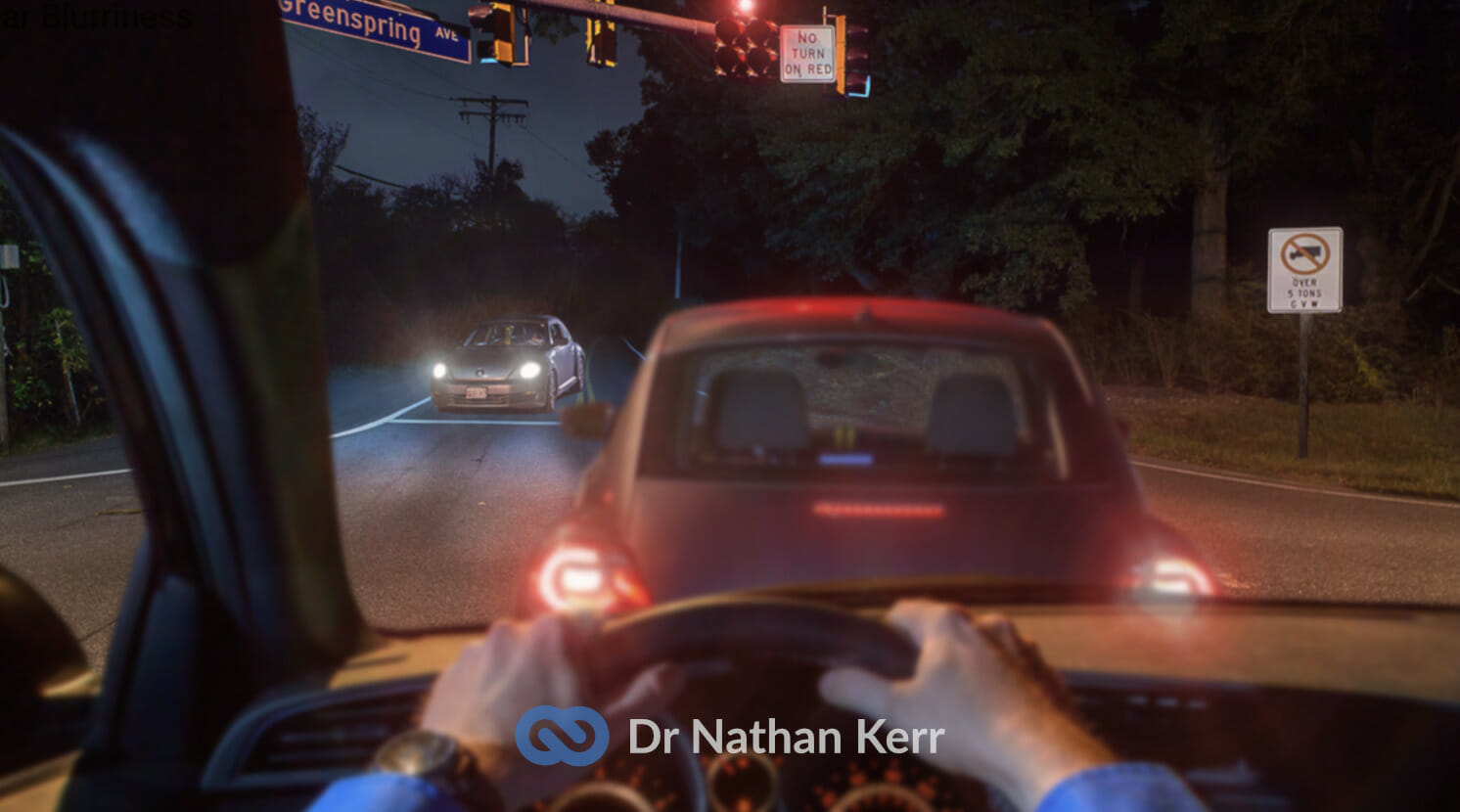
Multifocal
While multifocal lenses provide excellent vision without glasses, some adaptation to glare and halos is necessary for most people.
The glare and halos are most noticeable when there are a lot of bright lights, for example driving at night. Your brain is generally able to adapt and the glare and halos will become less noticeable over time.
Your cataract journey
It's natural to be a little apprehensive. Dr Kerr and his team are here to support you at every step along the way.
Before surgery
Before cataract surgery, you’ll meet with Dr Kerr to talk about your surgery and lens options and to clarify any questions or concerns you may have. Special measurements will be taken to calculate the optimal lens for your individual eye.
The day of surgery
Before your procedure, eye drops will be applied to dilate your pupil. During the procedure anaesthetic is applied to numb your eye. You should not feel any pain or discomfort and the procedure only takes a few minutes.
After surgery
You do not need to stay in hospital and can recover at home. An eye shield will be placed over the operated eye to protect it. For your safety, you should not drive for 24 hours after the procedure.
Frequently asked questions
Dr Nathan Kerr's guide to understanding your cataract surgery options
What is a cataract?
A cataract occurs when the natural lens in your eye becomes cloudy, making it harder for light to enter your eye. Cataracts typically occur naturally as you age, and then often cause blurry vision, glare, and rings of light known as halos - sometimes at night and while driving.
How are cataracts treated?
The only way to remove cataracts, is through cataract surgery. Cataract surgery removes the cloudy lens and replaces it with a transparent artificial lens called an intraocular lens (often abbreviated to IOL). This transparent lens has a shape similar to the natural lens. There are different types of intraocular lenses and Dr Kerr will help you select one that is best for your lifestyle.
What is an intraocular lens (IOL)?
Modern cataract surgery replaces your cloudy, cataract-affected lens with an artificial lens called an intraocular lens (abbreviated to IOL). This lens focuses the light, in a similar way to a camera lens, focusing light rays onto the retina at the back of the eye.
Are there different types of intraocular lenses (IOLs)?
There are many different IOL options available to suit your eyes and lifestyle. Due to advances in technology, Dr Kerr can use cataract surgery to not only improve your vision, but to reduce your need for glasses when performing routine activities after cataract surgery. Before your appointment with Dr Kerr, think about what activities you would like to be able to do without glasses.
Distance (beyond 100 cm)
Watching TV, reading traffic and road signs while driving, playing sports, attending concerts or live events.
Intermediate (60 cm)
Using a computer or tablet, checking your car dashboard, focusing on items on a supermarket shelf, preparing meals or cooking.
Near (40 cm)
Reading a book or magazine, looking at a restaurant menu in adequate light, playing cards, using your smart phone.
Which intraocular lens is best for me?
Your choice of intraocular lens (IOL) is important and will affect the quality and range of vision you'll have after cataract surgery. Dr Kerr uses the latest intraocular lens technology and will help you select the best IOL for you. Broadly, intraocular lenses are divided into three categories:
Single focus
These IOLs are designed for optimal distance vision.
They are ideal for people who want excellent distance vision and are happy to wear glasses for near and intermediate tasks. They are also suitable for people with pre-existing eye conditions like glaucoma or macular degeneration.
Extended range of vision
These IOLs provide a continuous range of vision for distance and intermediate tasks.
They are suited for people who want clear distance vision but also to focus on items at an intermediate distance, like items on a kitchen bench, or a computer or tablet that supports zoom, without the need for glasses. They are happy to wear glasses for near activities and may also have pre-existing eye conditions where vision has not been affected.
Multifocal
These IOLs are designed for clear distance vision and seamless vision from intermediate through to near.
They are ideal for people who are constantly reading books and newspaper with small print, as well as for activities like needle point, applying makeup or shaving.
They may not be suitable for people with sensitivity to glare or halos around lights, night driving requirements, certain occupations, and those with pre-exisiting eye conditions such as glaucoma or macular degeneration.
What is astigmatism and can it be corrected with cataract surgery?
Astigmatism is where the shape of the cornea (the front surface of the eye) is an irregular shape, similar to the front of a football, instead of being spherical or round like a basketball. Astigmatism is common, affecting 50% of people, and distorts the light entering the eye resulting in blurred vision without glasses. If suitable for your eye, Dr Kerr will select an IOL to correct your astigmatism (called a toric IOL), making it possible to be less dependent on glasses after cataract surgery for your chosen tasks. Toric versions are available for single focus, extended range of vision, and multifocal IOLs.
What if I have cataracts and glaucoma?
Have you ever heard of getting two birds with one stone when it comes to cataract surgery? Well, it's possible. If you have glaucoma, some additional eye health issues can be addressed during your cataract surgery. Ask Dr Kerr if an iStent, iTrack, Hydrus Microstent, or XEN could improve your glaucoma control and reduce or eliminate your need to take glaucoma eye drops.

Experience exceptional care
Your eyes are precious. Experience the very best treatments delivered with outstanding care and compassion.
How long does cataract surgery take?
Cataract surgery is an outpatient procedure that is usually completed within 10-15 minutes. Recovery time is based on the person and the case, but most people rest for a few hours after surgery.
Is cataract surgery safe?
Cataract surgery is one of the safest, most common, and most effective procedures performed in the Australia. Most people experience little to no discomfort during the process and say that cataract surgery is easier than they expected. Common risks can include: infection; inflammation; tearing of the posterior capsule of your lens; visual effects like seeing halos around lights, glare; leaking from the incision; secondary cataracts or cystoid macular oedema. Talk to Dr Kerr about your health conditions and specific risks from cataract surgery.
What happens before and during cataract surgery?
Before cataract surgery, you’ll meet with Dr Kerr in clinic to talk about your lens options and to clarify any questions or concerns you may have. Remember to disclose any current prescriptions or medications you’re taking. On the day of surgery, the nursing staff will dilate your pupils and give you preoperative medication before your procedure. You will receive sedation to relax you and the procedure itself should be painless and takes about 10-15 minutes.
Does cataract surgery hurt?
No, there is little to no discomfort during the procedure. You will have the option of sedation if you are a little anxious about the procedure.
What should I expect after cataract surgery?
While most people notice an improvement right away, you may experience some blurred vision as you heal. As your vision improves after your procedure, it's important to keep some things in mind:
- Any discomfort you are feeling should go away after 1 to 2 days
- It's normal to feel itching and mild discomfort for a couple of days after surgery
- After you get home, take it easy by listening to music or talking with a friend; then once you begin to regain your vision, relax with reading, walking, or watching TV
What should I avoid after cataract surgery?
Many people report clearer vision within a couple of hours after surgery. Usually within 1-2 days, most people resume their normal day-to-day activities. Generally, you can make the most of your recovery time and avoid doing the following:
- Rubbing or putting pressure on your eyes
- Bending, heavy lifting, or strenuous activity
- Driving for 24 hours, or for the period of time Dr Kerr suggests
Can cataracts come back?
Once cataracts have been removed, they cannot grow back. The intraocular lens (IOL) is durable and designed to last for a lifetime. Sometimes, months or even years after cataract surgery, your vision may seem to fade. This is often because of something called capsule clouding or opacification. This can be treated easily with a painless office-based procedure called laser capsulotomy.
If you liked this page, please share it on social media to help someone whose vision is impaired by cataract.
You're in safe hands
Dr Nathan Kerr is one of Australia's leading specialists in minimally invasive cataract and glaucoma surgery.
make an appointment
DR NATHAN KERR HAS BEEN FEATURED IN

